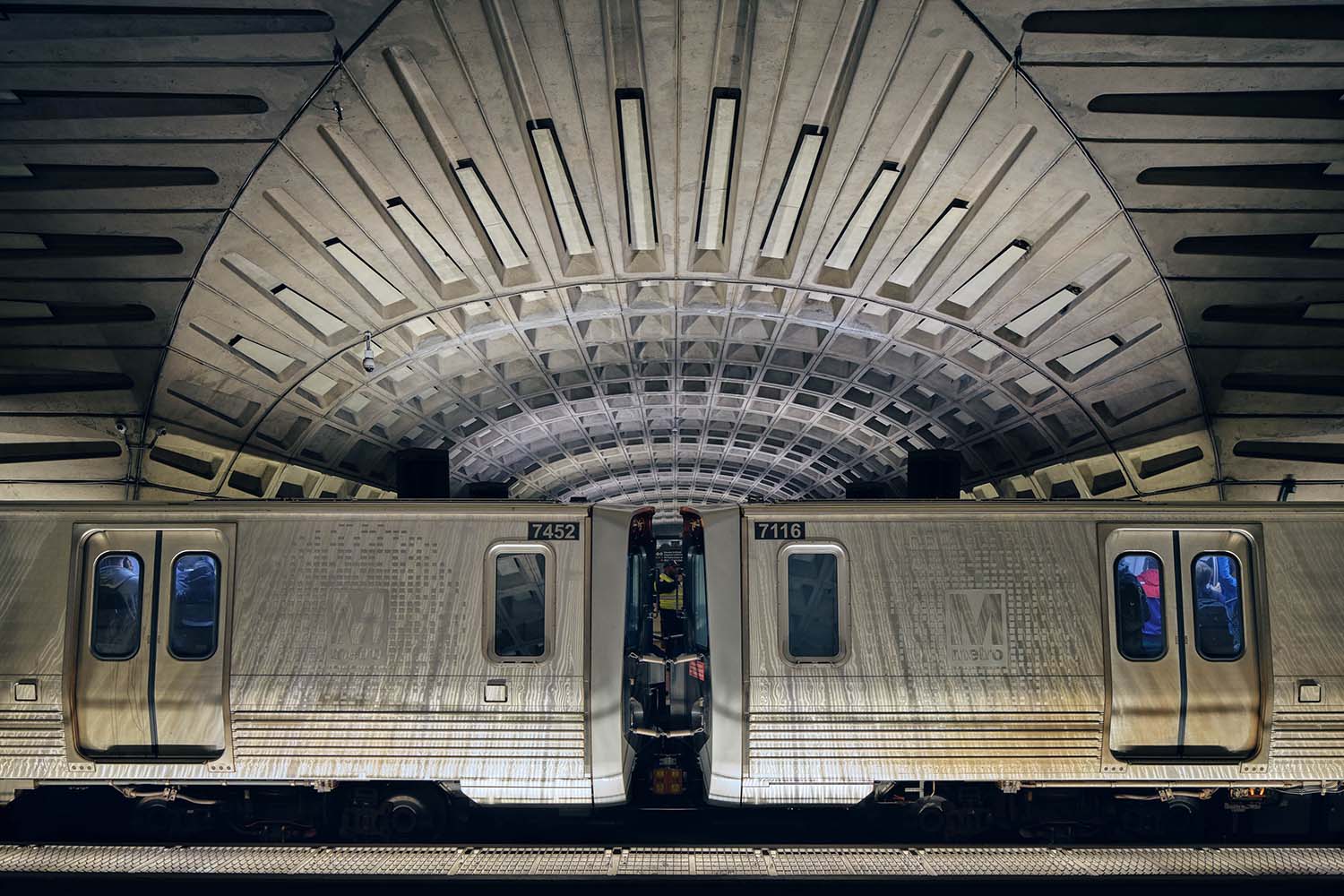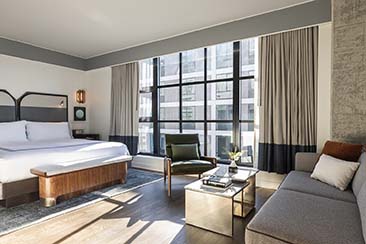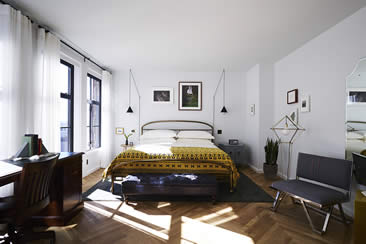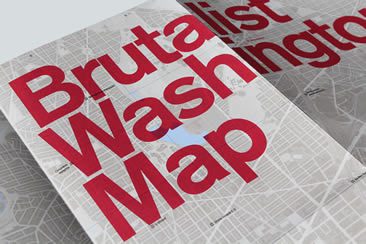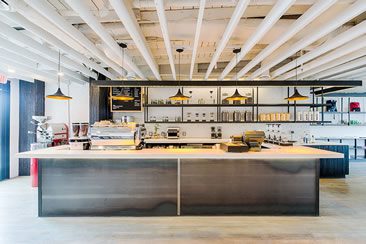When the ‘brutalist‘ phenomenon reshaped Washington, D.C. in the mid-20th century in the shape of new buildings designed and constructed with exposed structural elements and building materials including concrete, brick, steel, and glass, the movement was viewed as cost-effective and efficient. Over time, deemed to have not aged well, did that ultimately come at a higher cost?
Sometimes referred to as ‘imposing monsters,’ those with a keen eye on aesthetics having hailed their uncompromising form over the last decade or so. As public reaction continues to debate their architectural significance, a thought-provoking new exhibition considers the historical underpinnings, current state, and future possibilities of brutalist architecture by focusing on seven polarising buildings, as well as the Washington Metropolitan Area Transit Authority (WMATA) Metro system in Washington, D.C.
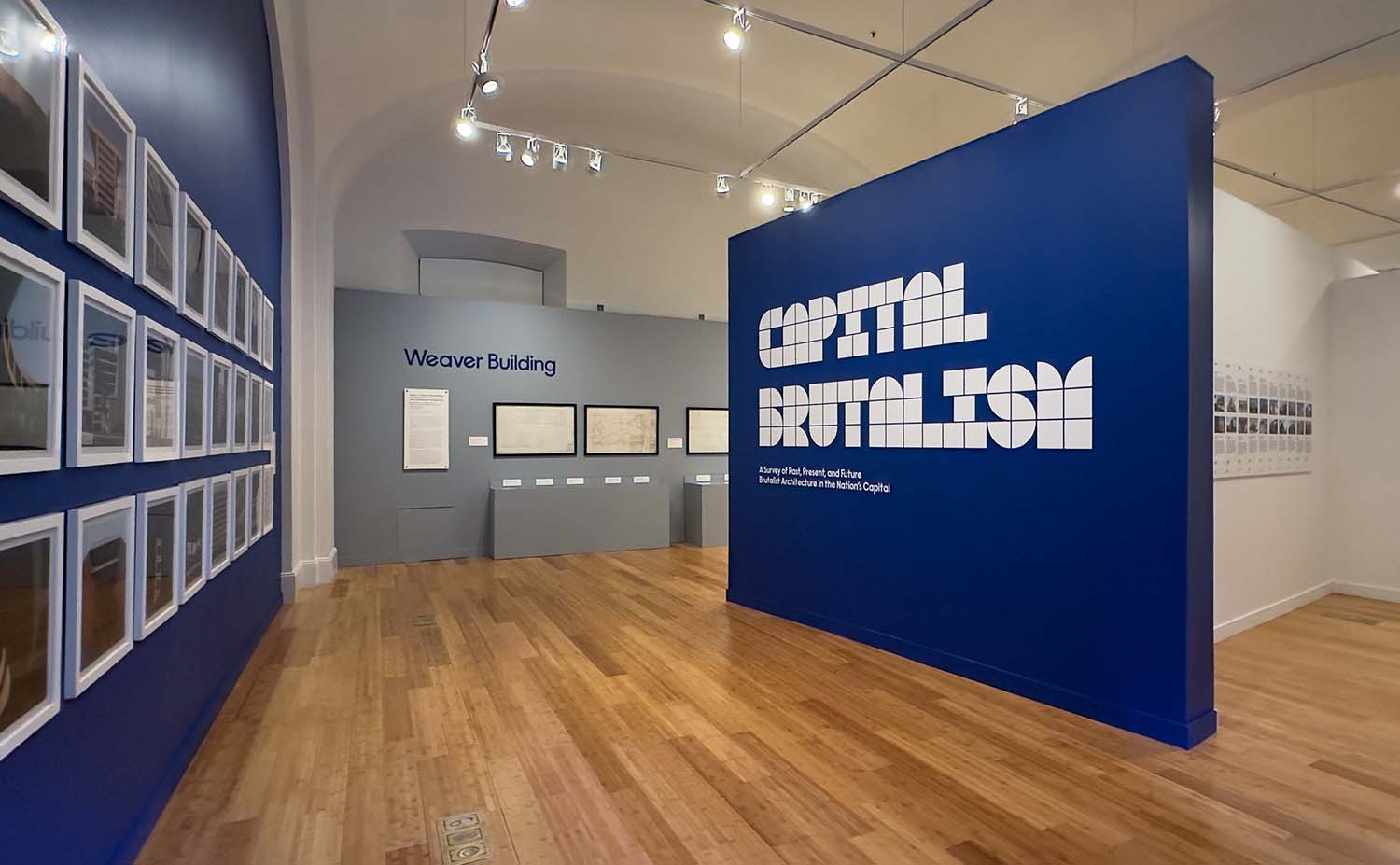
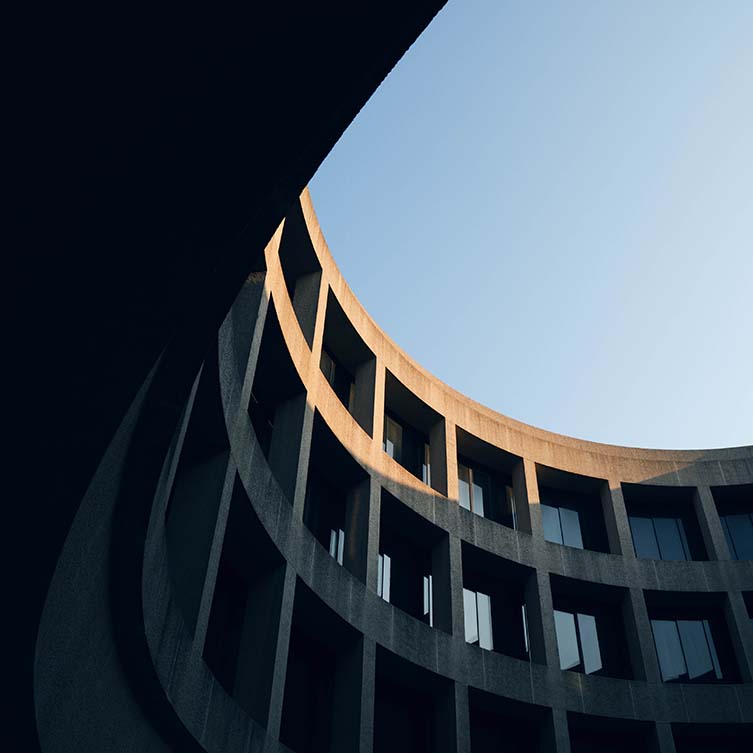
Hirshhorn Museum © Ty Cole.
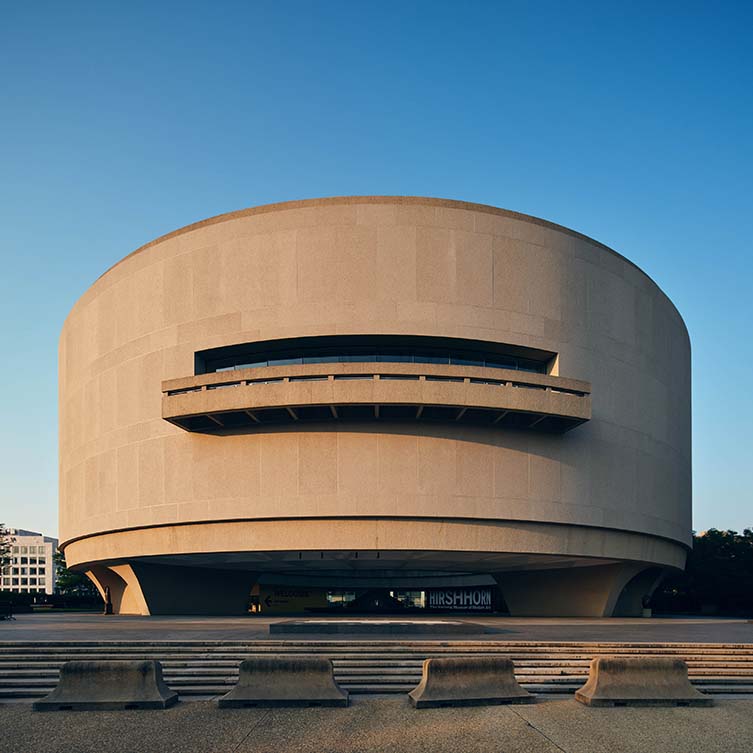
On view at the National Building Museum until 17 February 2025, and organised with the Southern Utah Museum of Art (SUMA), Capital Brutalism uses archival documents, drawings, architectural models and contemporary images from photographer Ty Cole to explore how the brutalist phenomenon and the structures that first emerged in the United States capital during the Cold War.
The seven featured D.C. buildings include: the Robert C. Weaver Federal Building (U.S. Department of Housing and Urban Development); Hirshhorn Museumand Sculpture Garden; the Hubert H. Humphrey Building (U.S. Department of Health, Education, and Welfare Headquarters); Lauinger Library (Georgetown University Library); the J. Edgar Hoover Federal Bureau of Investigation (FBI Headquarters); James V. Forrestal Building (U.S. Department of Energy), and The Euram Building in Dupont Circle, as well as speculative redesigns by leading architecture firms including Studio Gang, Brooks + Scarpa, Diller Scofidio + Renfro, Gensler, and BLDUS, along with students from the School of Architecture at University of Nevada, Las Vegas, who help reimagine potential futures for some of these buildings and invite visitors to consider how we can live with them in the future.
While in the 1960s and ’70s, brutalist architecture flourished in Washington, D.C., the period seeing the the emergence of iconic Brutalist landmarks like Marcel Breuer’s Weaver Building and I.M. Pei’s L’Enfant Plaza, as well as Interstate 395, this era of development also led to the displacement of thousands of residents and businesses, predominantly African American and immigrant families. Visitors of Capital Brutalism will learn of the social and architectural impact of brutalism in the nation’s capital through archival collections and scale models.
Fostering conversations around beauty and equity in urban development, and at the same time challenging visitors to reconsider their perceptions, Capital Brutalism is co-curated by Dr. Angela Person and will be on show at Washington’s National Building Museum until 17 February 2025.
@nationalbuildingmuseum
@tycole
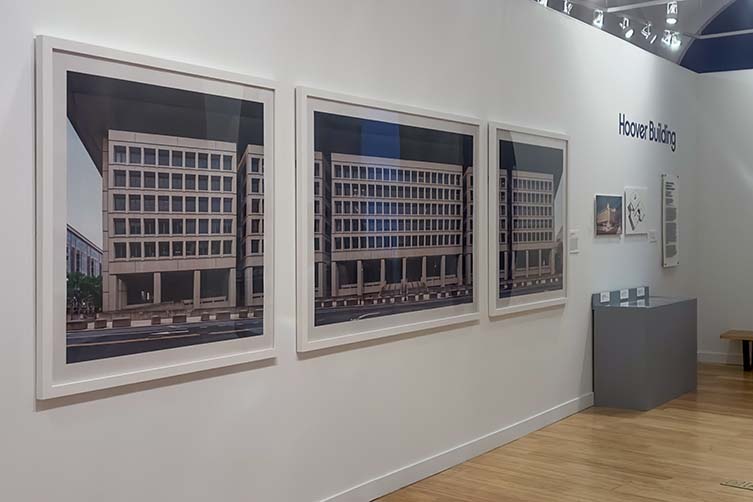
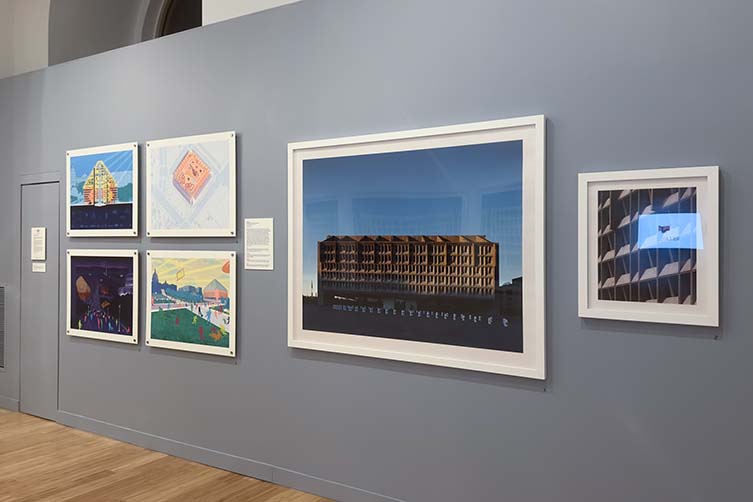
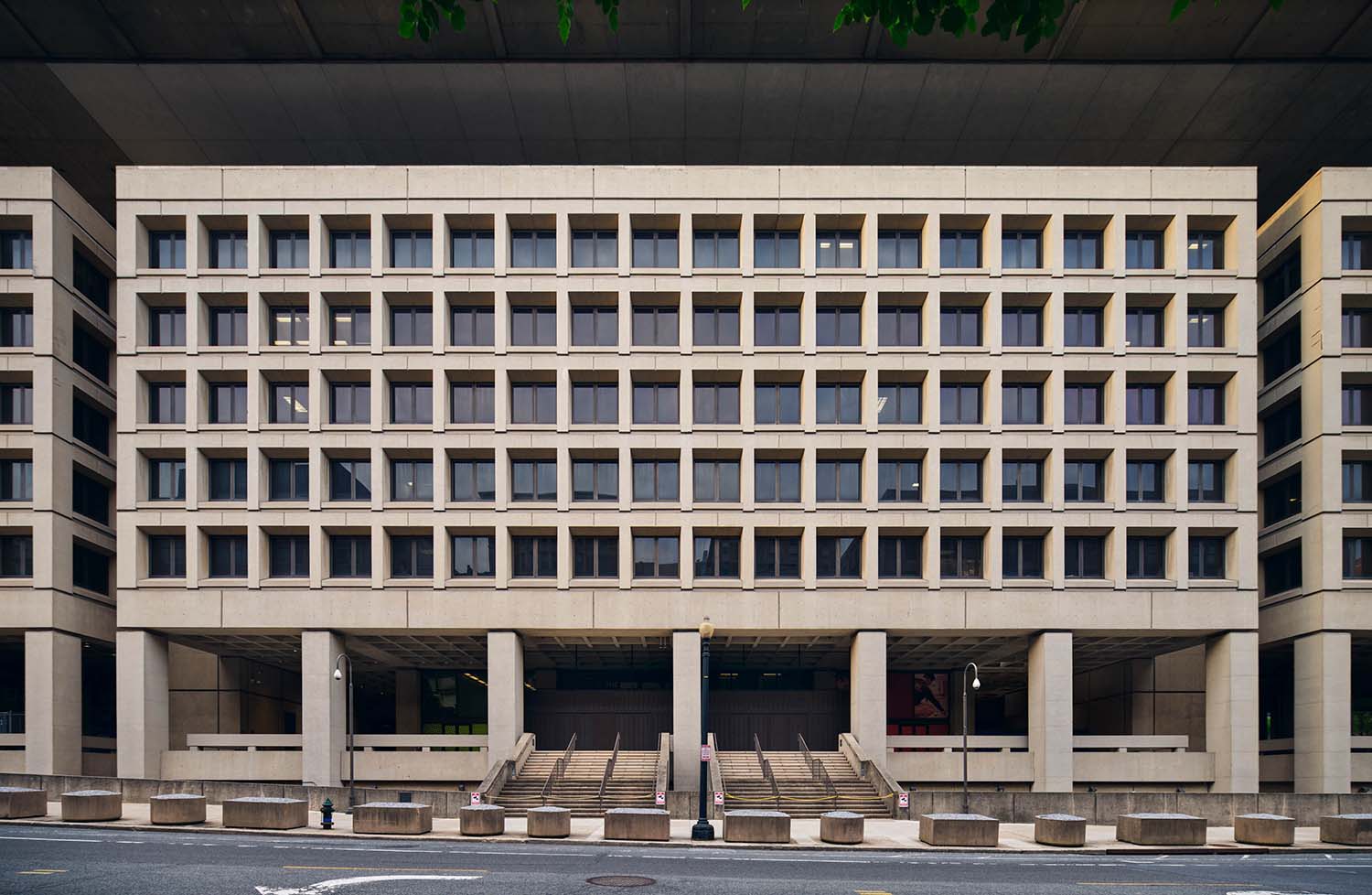
FBI Building © Ty Cole.
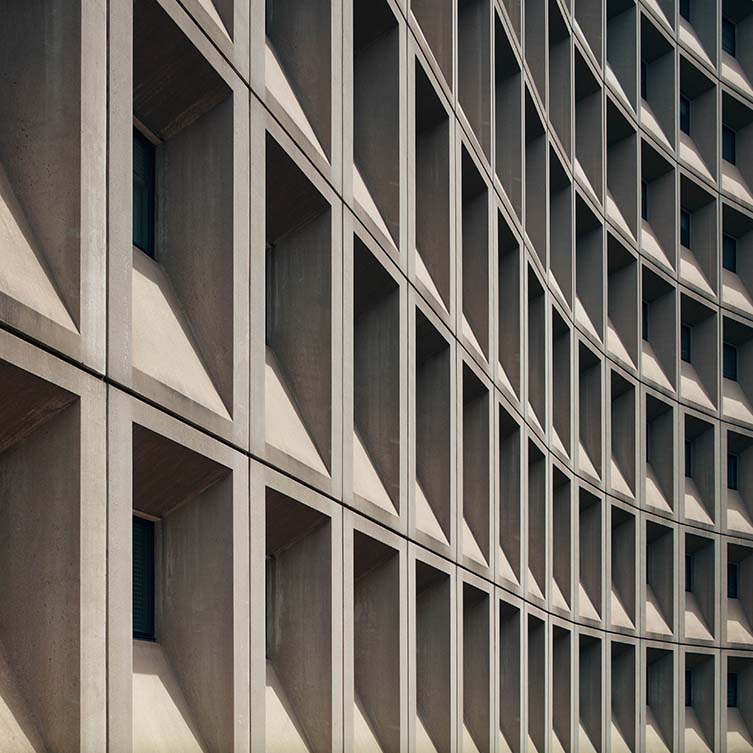
Weaver Building © Ty Cole.
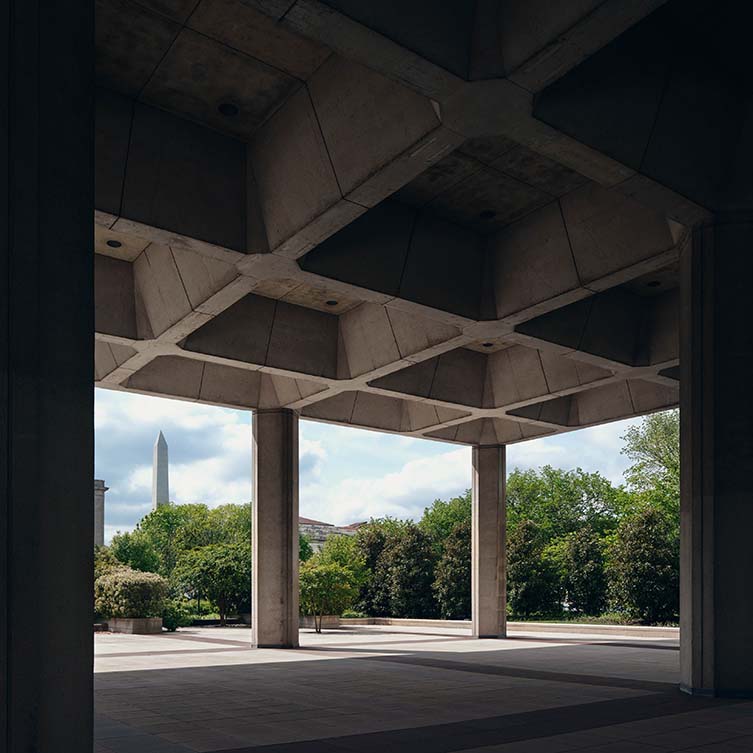
Forrestal Building © Ty Cole.
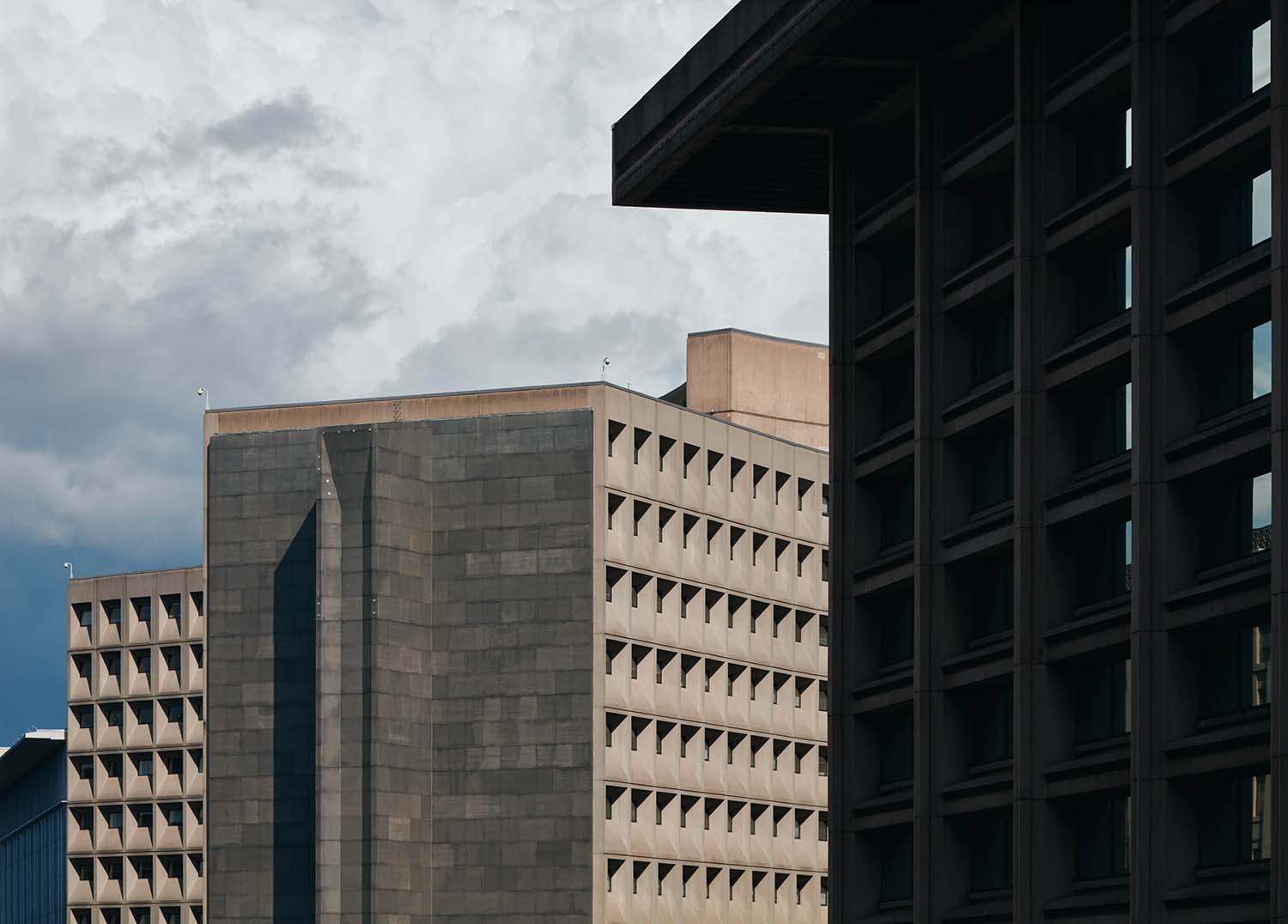
Weaver Building © Ty Cole.
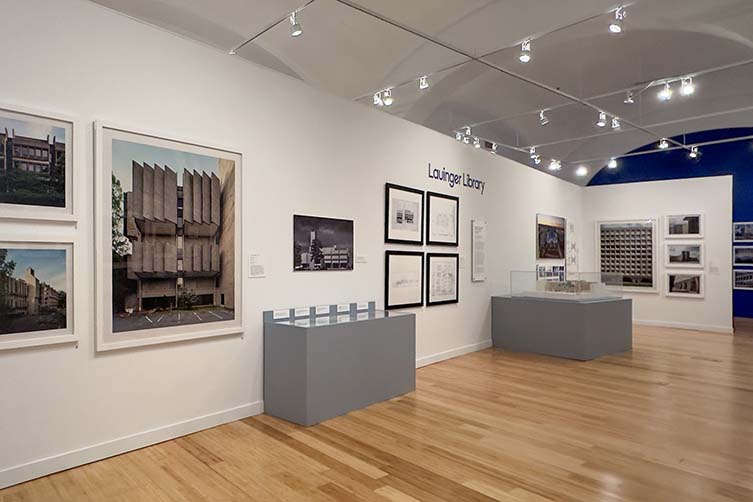
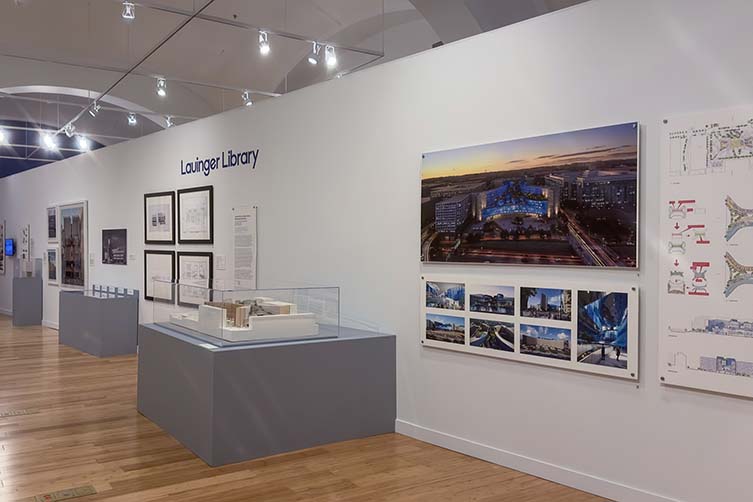
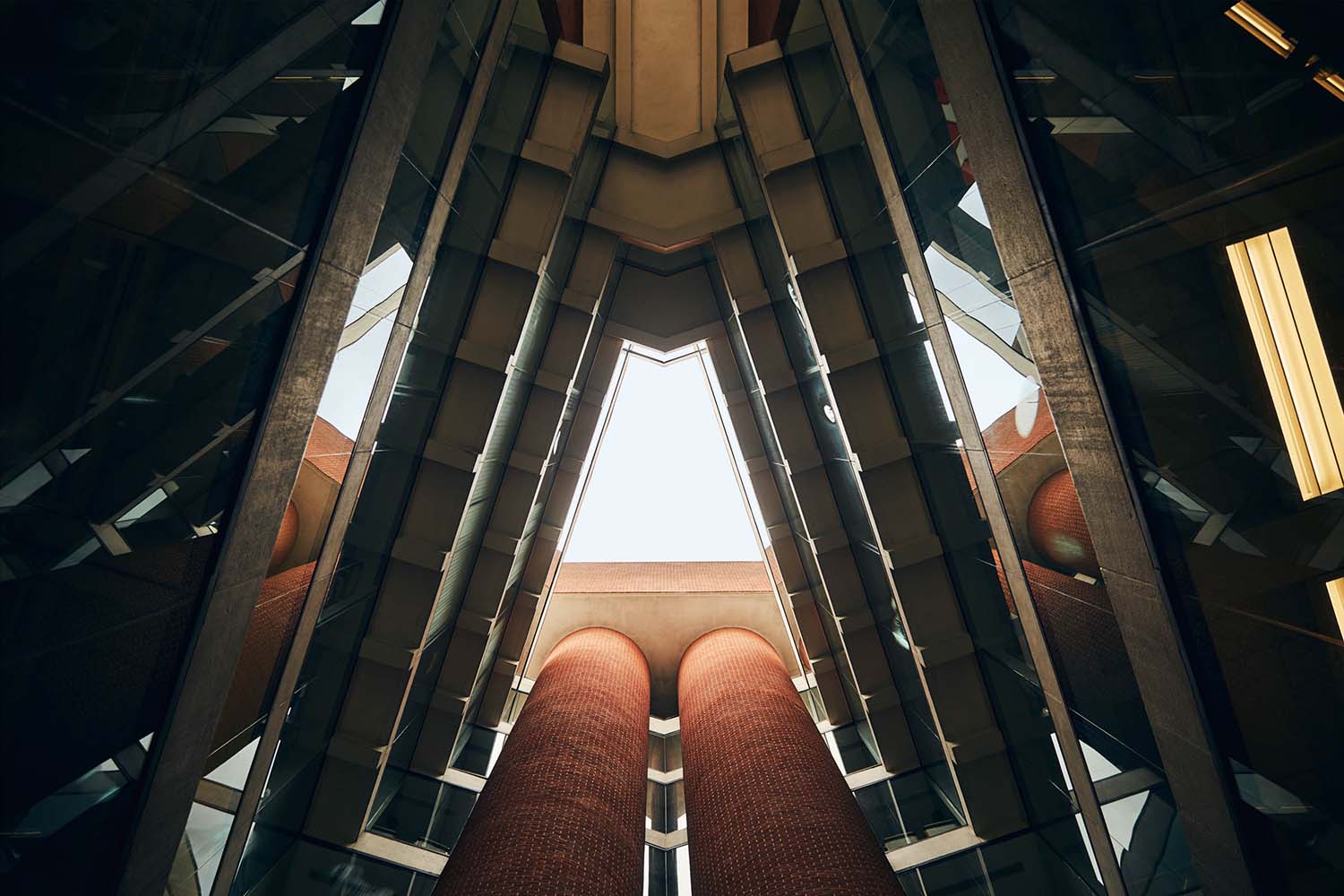
Euram Building © Ty Cole.
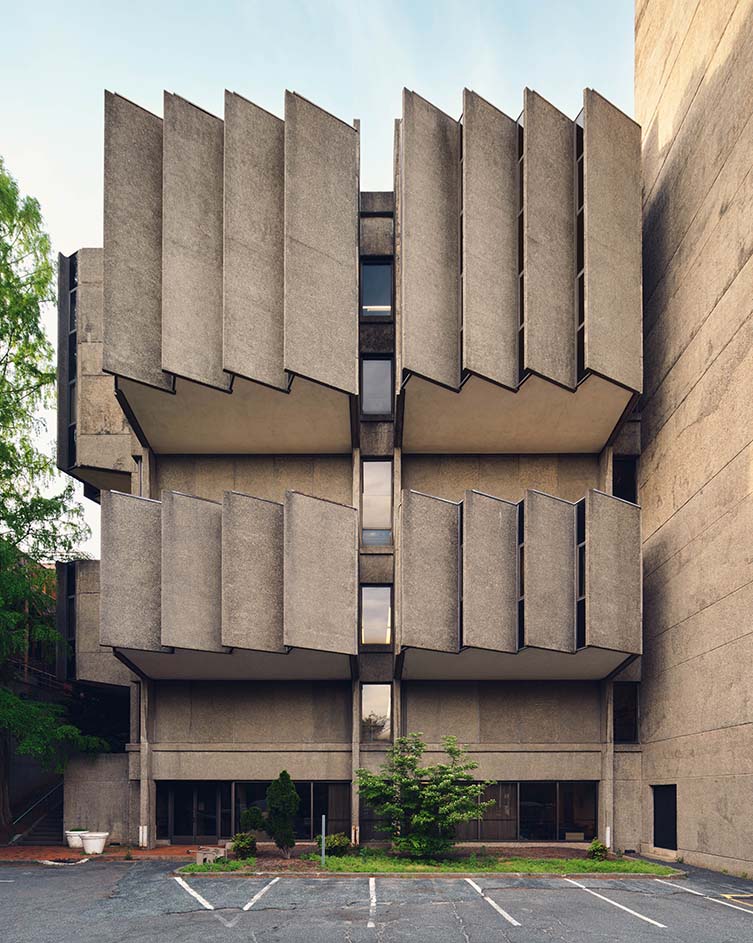
Lauinger Library © Ty Cole.
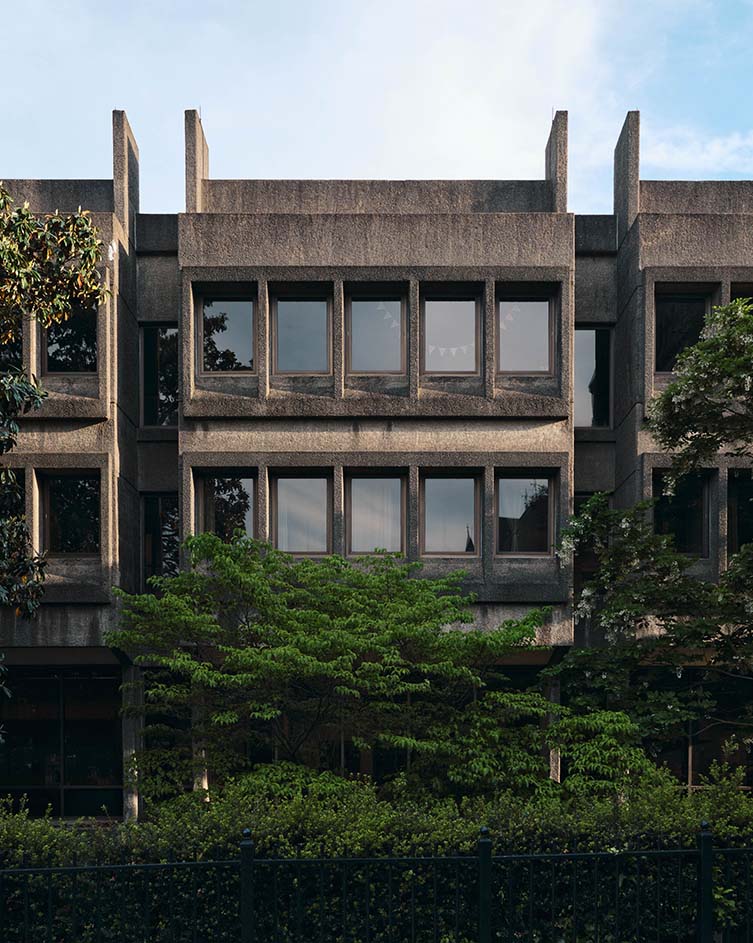
Lauinger Library © Ty Cole.
